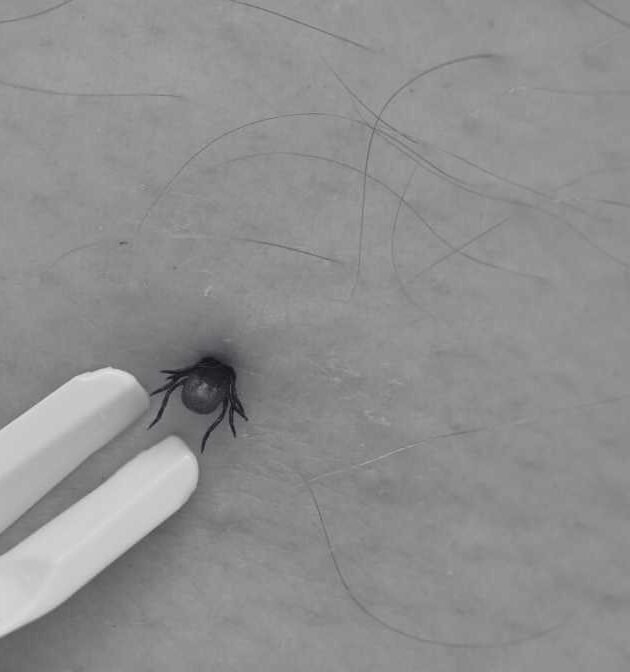
How to Rid of Cockroach Infestation?
May 13, 2025
How to Get Rid of Flea Infestation?
May 14, 2025
Cockroaches Blog
The transmission routes of cockroach diseases include mechanical transfer via their legs and bodies. It includes contaminating food and surfaces and harbouring pathogens in their egg cases and shelter sites.
Understanding Cockroach Species and the Health Risks of Cockroach Diseases in Malaysia
The Type of Cockroach Diseases Transmission
Malaysia’s warm humid climate provides ideal conditions for cockroaches to thrive. They prefer environments that offer food, water, and shelter. Specifically in the kitchen and bathroom, where moisture and organic matter abound. Their ability to hide behind cracks and crevices makes them difficult to detect.
And eradicate without appropriate cockroach control strategies. Common cockroach species like the oriental cockroaches (Blatta orientalis) tend to prefer cooler, darker and damp areas. Making basements, drains, and behind appliances their preferred habitat. Meanwhile, American cockroaches (periplaneta americana) prefer warm, moist, and sewer-like environments but frequently venture into residences and commercial kitchens.
Types of Cockroach Species Commonly Found in Malaysia
Common Cockroach Diseases and Ways of Transmission
Cockroaches are notorious urban pests worldwide, and their resilience makes them a challenging problem in homes and businesses alike. In Malaysia’s warm and humid climate, the prevalence of cockroach infestations is particularly high, creating significant health concern. While many people are aware of their unsightly appearance. Fewer understand that cockroaches are vectors for a variety of serious diseases.
We examine the different types of cockroach diseases and the ways of transmission they use to spread these illnesses. Equipping you with the knowledge needed to recognise, prevent and control infestations effectively. In Malaysia, the most prevalent species of cockroaches include:
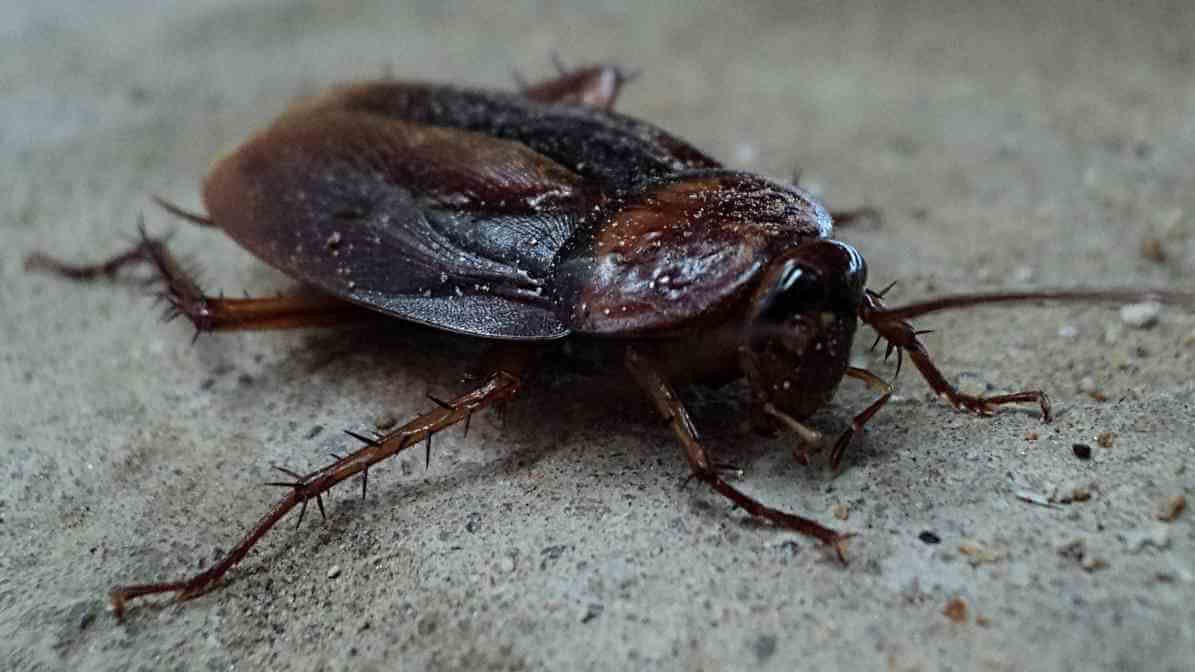
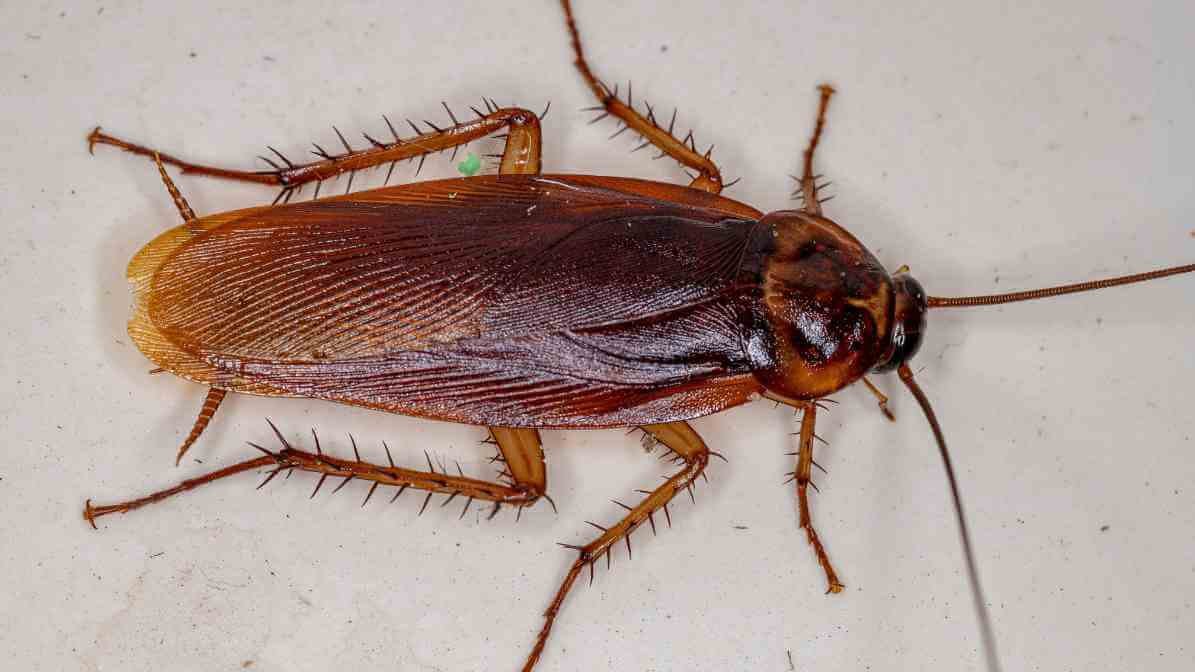

Oriental Cockroaches (Blatta orientalis)
Commonly call as "water bugs," these shiny black or dark brown cockroaches prefer damp, dark environments. Areas such as kitchen, bathroom areas, underneath the sinks and drainage pipes. They are about 20-25mm long and are more active at night.
American Cockroaches (Periplaneta americana)
The largest of the common species, these reddish-brown cockroaches can reach up to 35mm and thrive in warm. They prefer moist places like the sewer systems, trash bins and basements. They tend to venture into indoor spaces, especially during humid conditions.
German Cockroaches (Blattella germanica)
Small and light brown with two distinct stripes on the thorax, these prefer confined areas like kitchens and food storage zones. Though more common in the United States, they are also in Malaysia.
The Life Cycle and Habitat Preferences
Understanding The Life Cycle of Cockroaches
The warm humid environment of Malaysia provides ideal conditions for rapid reproduction and spread. Particularly in kitchen and bathroom areas, which offer moisture, food and shelter. Understanding the life cycle of cockroaches is essential for effective cockroach control. The cycle includes:
Eggs
Female cockroaches produce an egg case (ootheca) containing multiple eggs, up to 16 eggs depending on the species.
Nymphs
After hatching, nymphs look like miniature adults and hatch over a few weeks, going through several molts.
Adults
Fully developed cockroaches capable of reproduction and disease transmission.
The Different Variety of Diseases Spread by Cockroaches
Types of Cockroach Diseases and Ways of Transmission
Cockroaches serve as vectors for a variety of diseases spread by cockroaches. Their ability to transfer pathogens is by their movement through contaminated environments, including waste and sewer systems.
Gastrointestinal Diseases
Cockroaches frequently crawl through contaminated waste, sewers, and food debris. As they move, they pick up and transfer bacteria and viruses onto surfaces and food. Escherichia coli (E. coli), a common bacterium linked to food poisoning, is one of the well-documented pathogens carried by cockroaches.
Bacterial and Viral Transmission
Cockroaches can carry and disseminate Salmonella and Shigella, which cause illnesses like typhoid fever, dysentery, and other diarrheal diseases. They deposit bacteria on contaminate food and surfaces in the kitchen and bathroom.
Allergic Reactions and Asthma
In addition to spreading infectious diseases, cockroaches produce allergens from their droppings, shed skins, and egg cases. These allergens can cause cockroach allergies and exacerbate asthma symptoms, especially in children.
Parasites and Worms
In some cases, cockroaches can carry parasitic worms such as hookworms and pinworms. This further contributing to health risks, especially when they access contaminated waste areas.
The Transmission Routes Cockroach Goes To Transmitting Diseases
How Cockroaches Spread Diseases?
Cockroaches spread diseases primarily through the following ways of transmission:
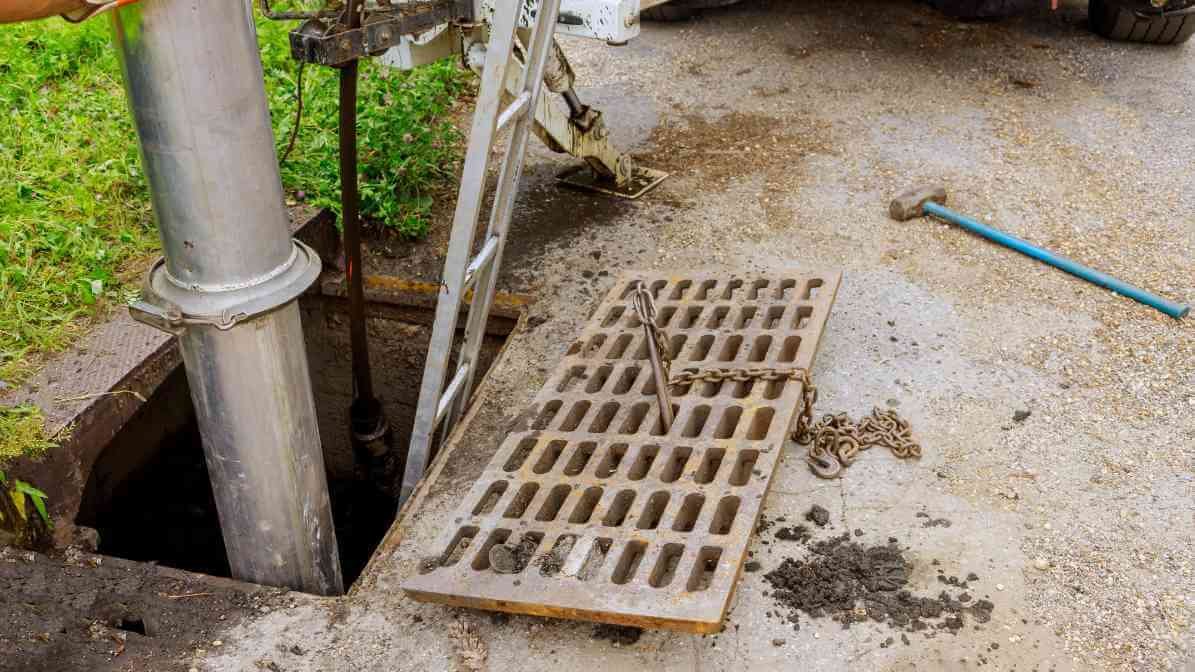
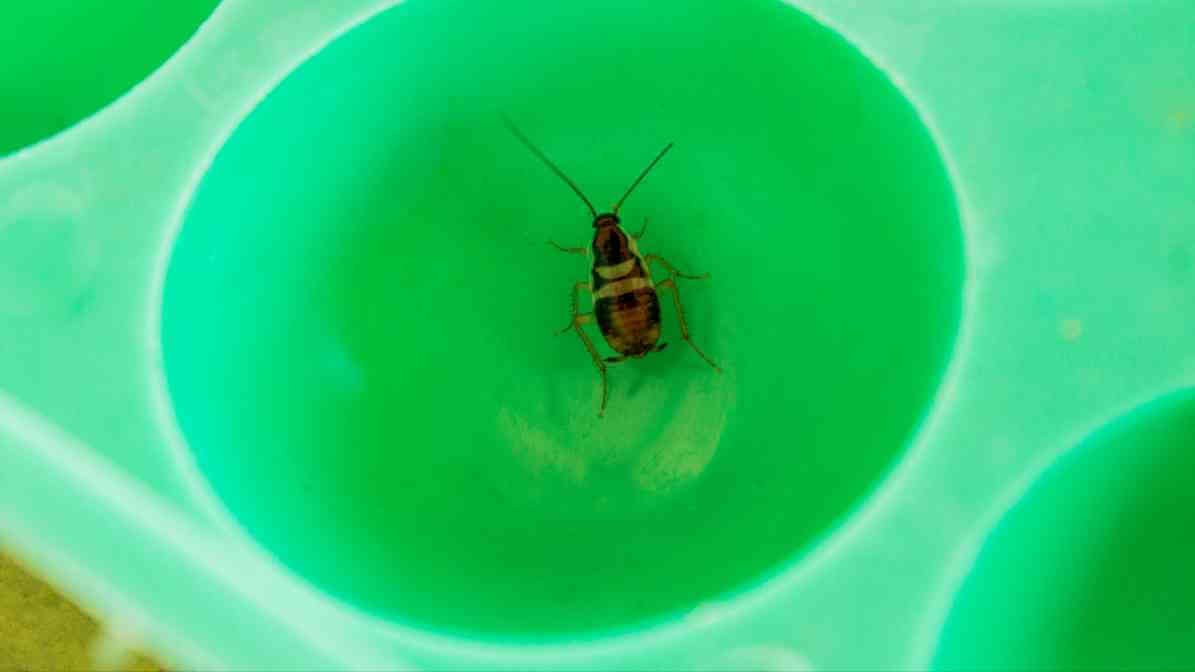
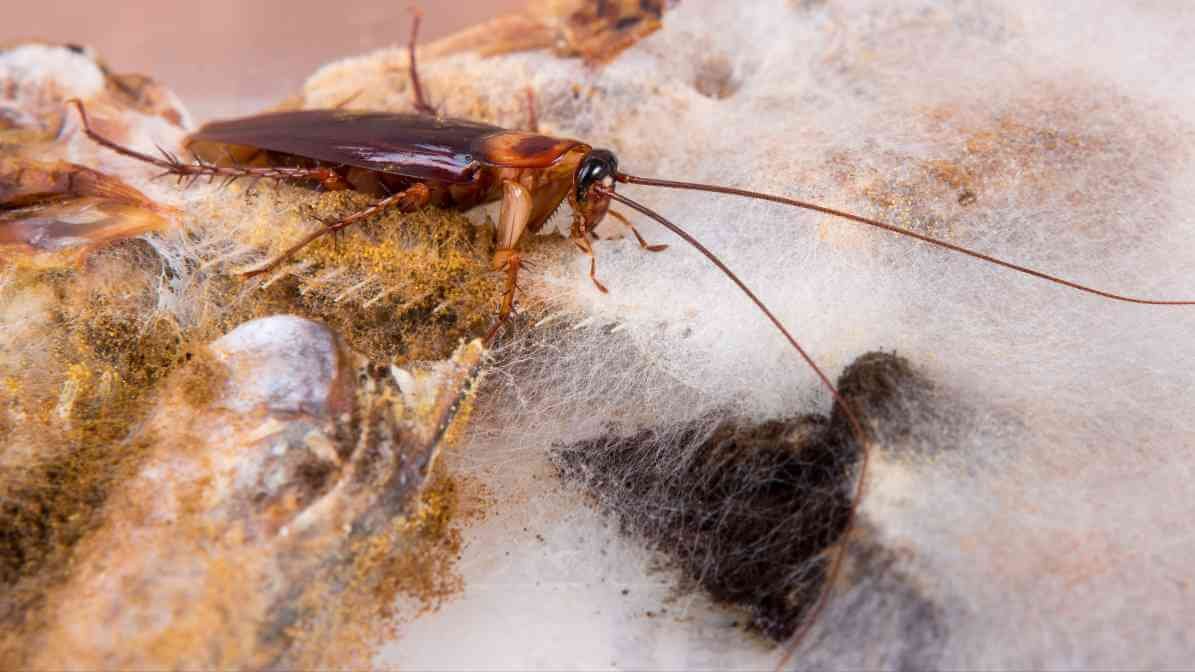

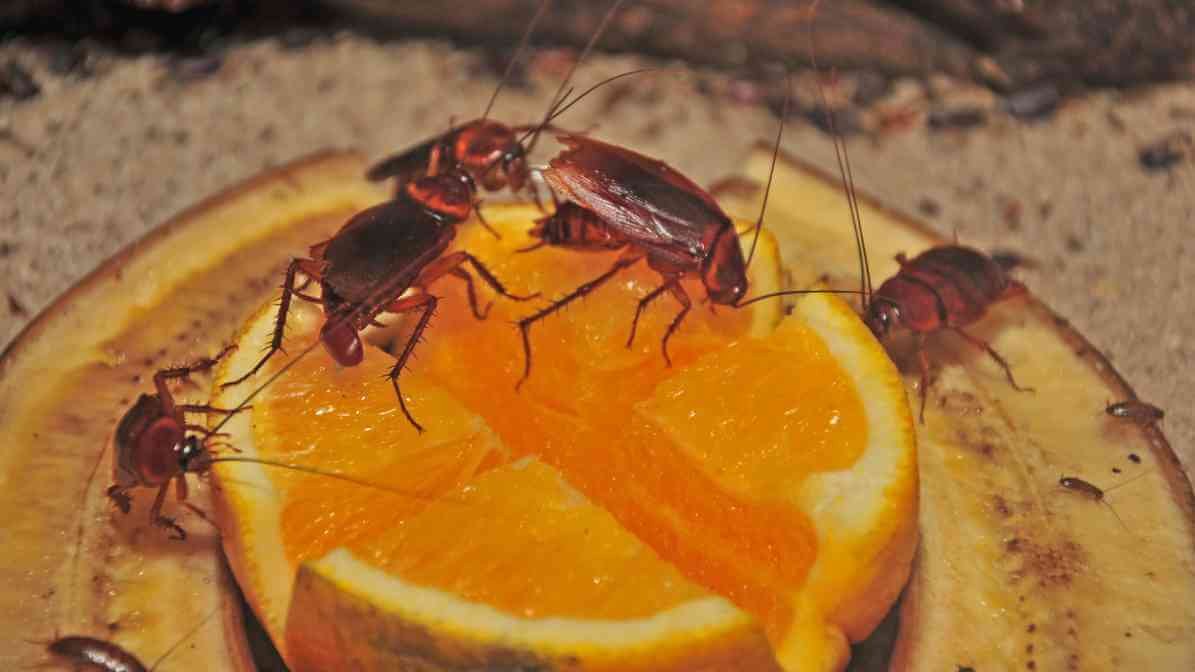
Mechanical Transmission During Movement
Cockroaches often crawl through sewer systems, garbage, animal waste, and organic matter. They pick up pathogens on their legs, body, and notably on their egg case (ootheca). When they move from these contaminated sites into kitchens, bathrooms or food storage areas. They inadvertently deposit bacteria and viruses onto surfaces, utensils, and food items.
Contamination of Food and Surfaces
Species of cockroaches prefer to forage for food and water in kitchen and bathroom areas. As they crawl across countertops, shared utensils, cutting boards, and food containers, they transfer microorganisms like Escherichia coli (E. coli), Salmonella and Shigella, resulting in food contamination.
Habitat and Shelter as Disease Hubs
Cockroaches shelter in cracks and crevices such as behind wall panels, under sinks or in drains, where they breed and feed. These hideouts harbours pathogens, and as they venture out to forage, they carry these microorganisms into human living spaces. Amplifying cockroach infestations and disease transmission.
Shedding of Droppings and Skin
The presence of shed skins, droppings, and egg cases in infested areas serve as sources of allergens and bacteria. When disturbed, these materials aerosolise, contaminating the air and surfaces, further contributing to cockroach allergies and health risks.
Drinking and Feeding on Contaminated Substances
Cockroaches thrive in areas with food water and organic waste. By feeding and contaminate food, they carry pathogens in their digestive system. It then gets in contact on surfaces or food when they crawl around, spreading diseases.
How Long Does the Treatment Process Take?
Initial treatments typically take a few hours, but complete eradication may require multiple visits and ongoing monitoring, especially for large or stubborn infestations.
Scientific Research on The List of Cockroach Diseases
Additional Diseases Spread by Cockroaches
While some of these diseases are less common in Malaysia. Their presence in other regions underscores the potential health risks pose by cockroach infestations. Centers for Disease Control (CDC) in the United States and global research indicate that diseases spread by cockroaches include:
Cholera
Leprosy
Lice-borne typhus
Salmonellosis
Dysentery
Poliovirus (in some outbreaks)
Why Are Certain Environments More Prone to Cockroach Infestations?
Beware of Location That are Prone to Spread Cockroach Diseases
Maintaining cleanliness and sealing these entry points are critical in cockroach control efforts. Cockroaches prefer environments rich in food, water and shelter. Malaysia’s warm, humid climate creates an ideal habitat, especially in:
Kitchens: food crumbs, water, and appliances provide constant attractants.
Bathrooms: moisture, water leaks, and organic matter promote breeding.
Cracks and crevices: narrow spaces around pipes, behind cabinets, and in wall cavities. Offering the perfect hiding spots for species of cockroaches like oriental cockroaches.
Effective Strategies for Managing Cockroach Infestations
Innovative Pest Management Stop Further Spread of Cockroach Diseases
Given their complex life cycle and habitat preferences, managing cockroach infestations requires a strategic approach:
Sanitation and Hygiene
Regular cleaning of kitchen and bathroom areas to remove food water sources, contaminate food, and organic debris is fundamental.
Sealing Entry Points
Use of sealants and caulking around cracks and crevices minimises hiding spots and entrance routes.
Eliminating Moisture
Fix leaks, repair plumbing, and reduce standing water to make environments less attractive to species of cockroaches.
Use of Baits and Insecticides
Professional cockroach control employs bait stations and residual insecticides which target all life cycle stages, including egg cases.
Professional Pest Control
Engage licensed pest control providers like Innovative Pest Management for tailored treatment plans, especially in severe cockroach infestations. These experts understand the behaviours of different common cockroach species and use targeted treatment applications to eliminate infestations.
Importance of Rigorous Cockroach Control to Protect Health
Importance of Preventing Cockroach Diseases
Since species of cockroaches such as oriental cockroaches and American cockroaches are capable of spreading diseases, prevention is crucial. The health implications include gastrointestinal illness, allergic reactions and the risk of transmitting parasites.
Effective cockroach control reduces these health risks significantly, ensuring a safer environment in homes, restaurants, hospitals and food processing facilities.
Professional Cockroaches Control Services
Innovative Pest Blog Summary
Understanding the different types of cockroaches and ways of transmission is vital for implementing effective control measures. Recognising that cockroaches can carry and spread diseases such as Salmonella, E. coli, and other pathogenic microorganisms. This means that proactive pest control and sanitation are essential. In Malaysia's tropical climate, the warm humid environment facilitates rapid cockroach breeding.
Maintaining cleanliness, sealing entry points and seeking professional help are key in preventing and managing cockroach infestations. If you're facing persistent problems with cockroach infestations or want to safeguard your health risks from cockroach diseases. Do not hesitate to contact our expert pest control solutions will effectively eliminate pests and protect your health.


